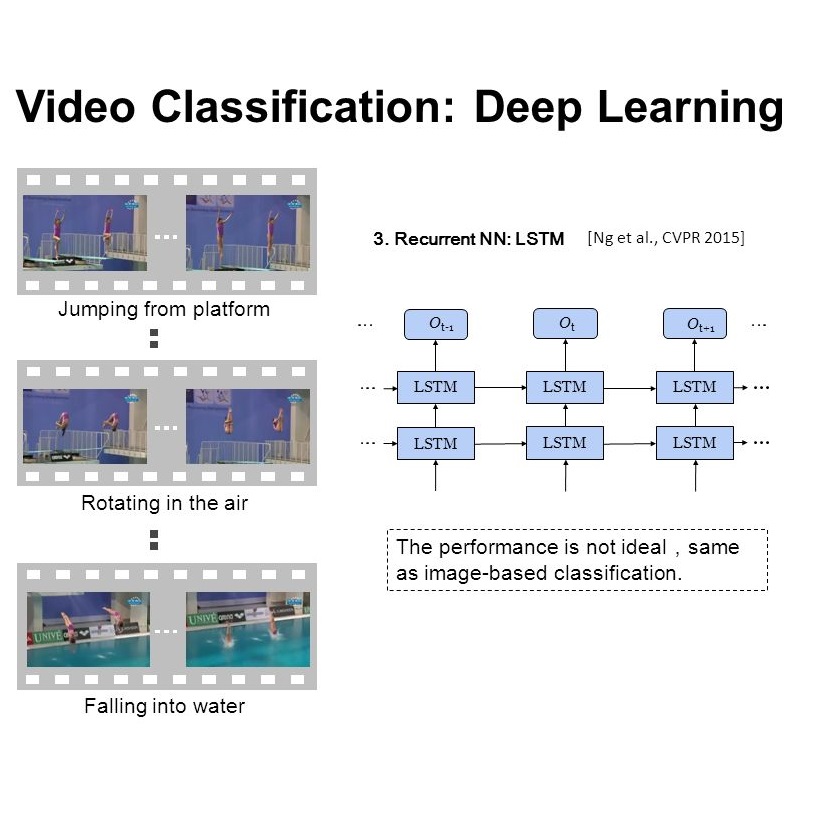Label distributions in real-world are oftentimes long-tailed and imbalanced, resulting in biased models towards dominant labels. While long-tailed recognition has been extensively studied for image classification tasks, limited effort has been made for video domain. In this paper, we introduce VideoLT, a large-scale long-tailed video recognition dataset, as a step toward real-world video recognition. Our VideoLT contains 256,218 untrimmed videos, annotated into 1,004 classes with a long-tailed distribution. Through extensive studies, we demonstrate that state-of-the-art methods used for long-tailed image recognition do not perform well in the video domain due to the additional temporal dimension in video data. This motivates us to propose FrameStack, a simple yet effective method for long-tailed video recognition task. In particular, FrameStack performs sampling at the frame-level in order to balance class distributions, and the sampling ratio is dynamically determined using knowledge derived from the network during training. Experimental results demonstrate that FrameStack can improve classification performance without sacrificing overall accuracy. Code and dataset are available at: https://github.com/17Skye17/VideoLT.
翻译:真实世界的标签分布往往是长尾和不平衡的,导致对主要标签的偏差模型。虽然对图像分类任务进行了广泛研究,对长尾识别进行了广泛研究,但对视频域却作了有限的努力。在本文中,我们引入了视频LT,这是一个大型长尾视频识别数据集,这是向真实世界视频识别迈出的一步。我们的视频LT包含256 218个未剪辑的视频,附加说明,进入长尾分布的1 004个班级。通过广泛的研究,我们证明用于长尾图像识别的最先进方法在视频域内效果不佳,因为视频数据中增加了时间层面。这促使我们提出FrametStack,这是长尾视频识别任务的一个简单而有效的方法。特别是,框架Stack在框架一级进行取样,以平衡类分布,抽样比率是利用培训期间从网络获得的知识动态地决定的。实验结果表明,框架Stack可以在不牺牲总体准确性的情况下改进分类性业绩。代码和数据集可在以下查阅: https://giuth17/Vcomky。



